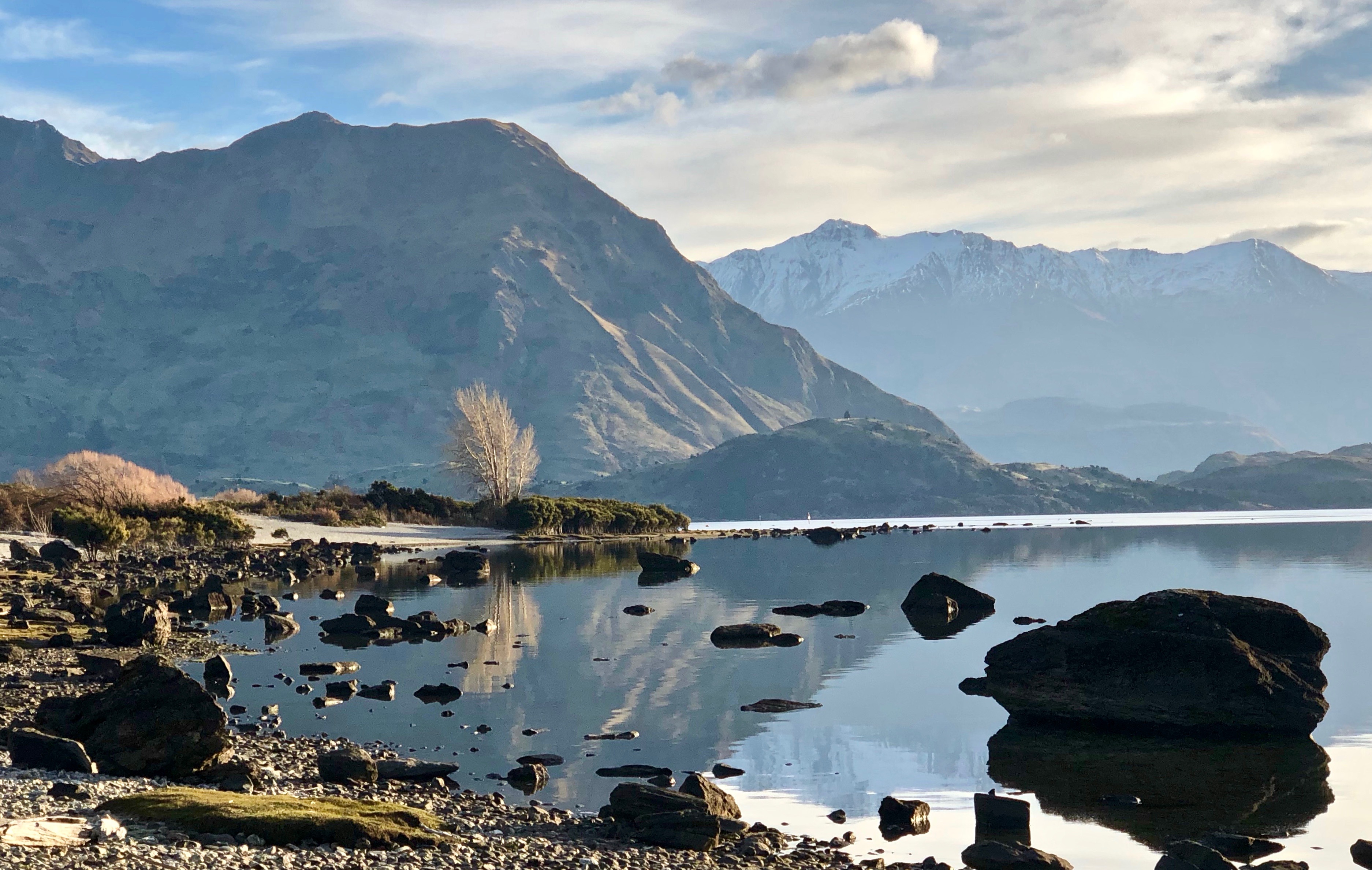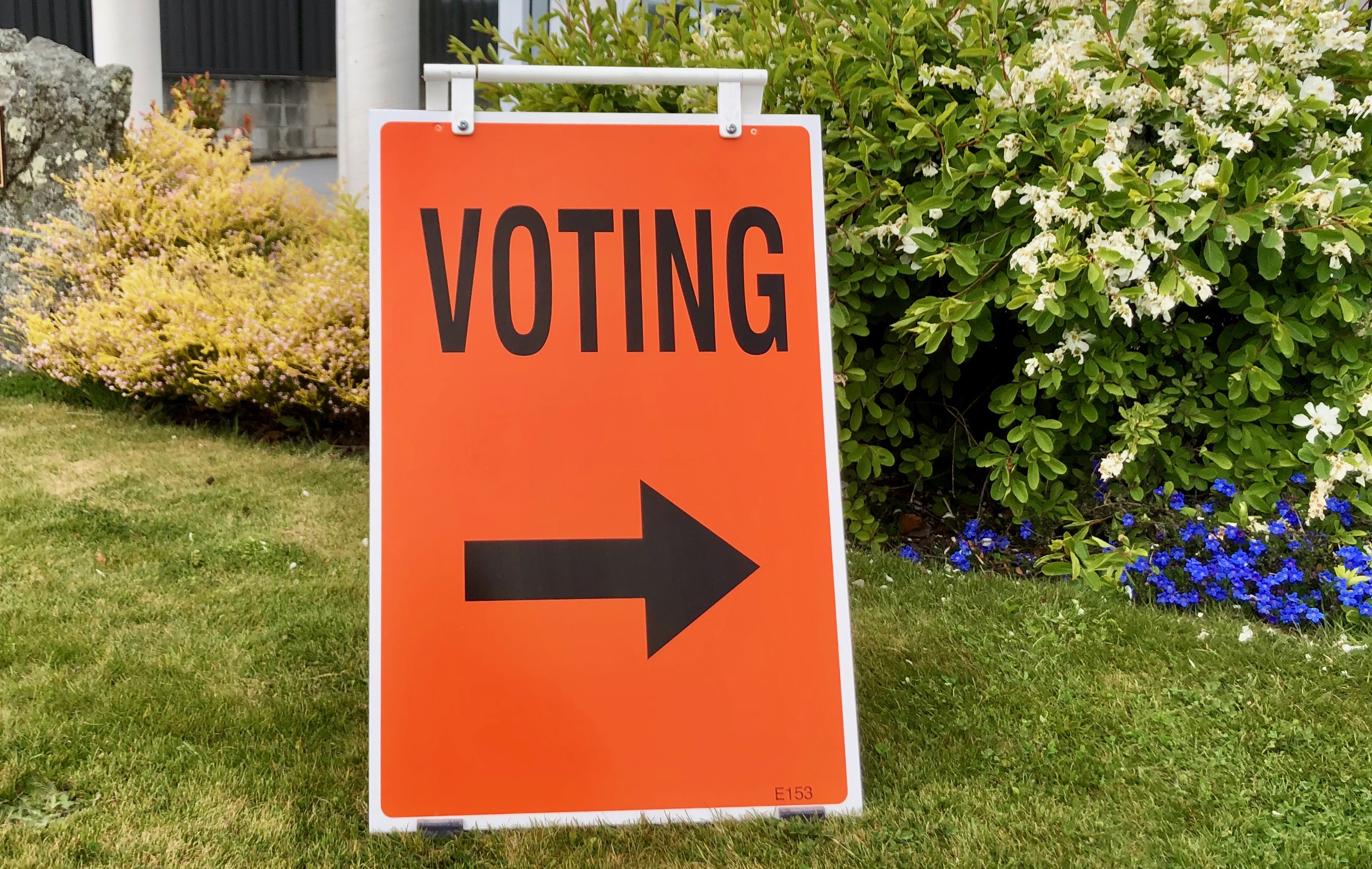Plan signals commitment to low-carbon future - council

03 August 2025, 5:04 PM
 QLDC’s third Climate & Biodiversity Plan, adopted this week, is “about converting ambition into measurable change”, mayor Glyn Lewers says.
QLDC’s third Climate & Biodiversity Plan, adopted this week, is “about converting ambition into measurable change”, mayor Glyn Lewers says.Queenstown Lakes District Council (QLDC) has adopted its third Climate & Biodiversity Plan (CBP 2025–2028), setting a “clear and ambitious” roadmap to reduce emissions, protect biodiversity, and strengthen community resilience across the district, the council says.
The theme of the plan is ‘Accelerating Transformation through Partnerships’.
Developed in collaboration with mana whenua, local experts, and partner organisations, it places the natural environment (Te Taiao) at the heart of decision-making and includes a new focus on transforming the district’s energy system, mayor Glyn Lewers said.
Glyn said the adoption of the plan signals a continued and deepening commitment to the mahi needed to build a resilient, low-carbon future.
“This is a plan that reflects our community’s aspirations, our unique environment, and the need for practical, urgent action. It’s about converting ambition into measurable change,” he said.
The new plan builds on six years of momentum, which has seen the district reduce emissions, launch one of New Zealand’s largest native reforestation projects (Project Tohu), and expand a broad range of community-led initiatives in active travel, revegetation planting, predator trapping, food resilience and emergency preparedness.
QLDC has also integrated climate and biodiversity values into its strategic planning, infrastructure investment and operations.
“We’ve made solid progress, and this next phase is about building on our strong partnerships with Kāi Tahu, with our Climate Reference Group, with community groups, and with businesses across the district to deliver positive change. Real transformation only happens when we work together.”
Key features of the plan include: seven outcome areas, including natural environment protection, energy system resilience, transport, and the transition to a low-emission economy; expanded partnerships with Kāi Tahu, local youth (rākātahi), and education providers; support for community-led action, with continued investment in grassroots initiatives; and strengthened emphasis on measurement and accountability, with clearer indicators for tracking progress.
Councillors adopted the Climate & Biodiversity Plan 2025-2028 at Thursday’s (July 31) full council meeting.
Read it here.
PHOTO: Wānaka App






